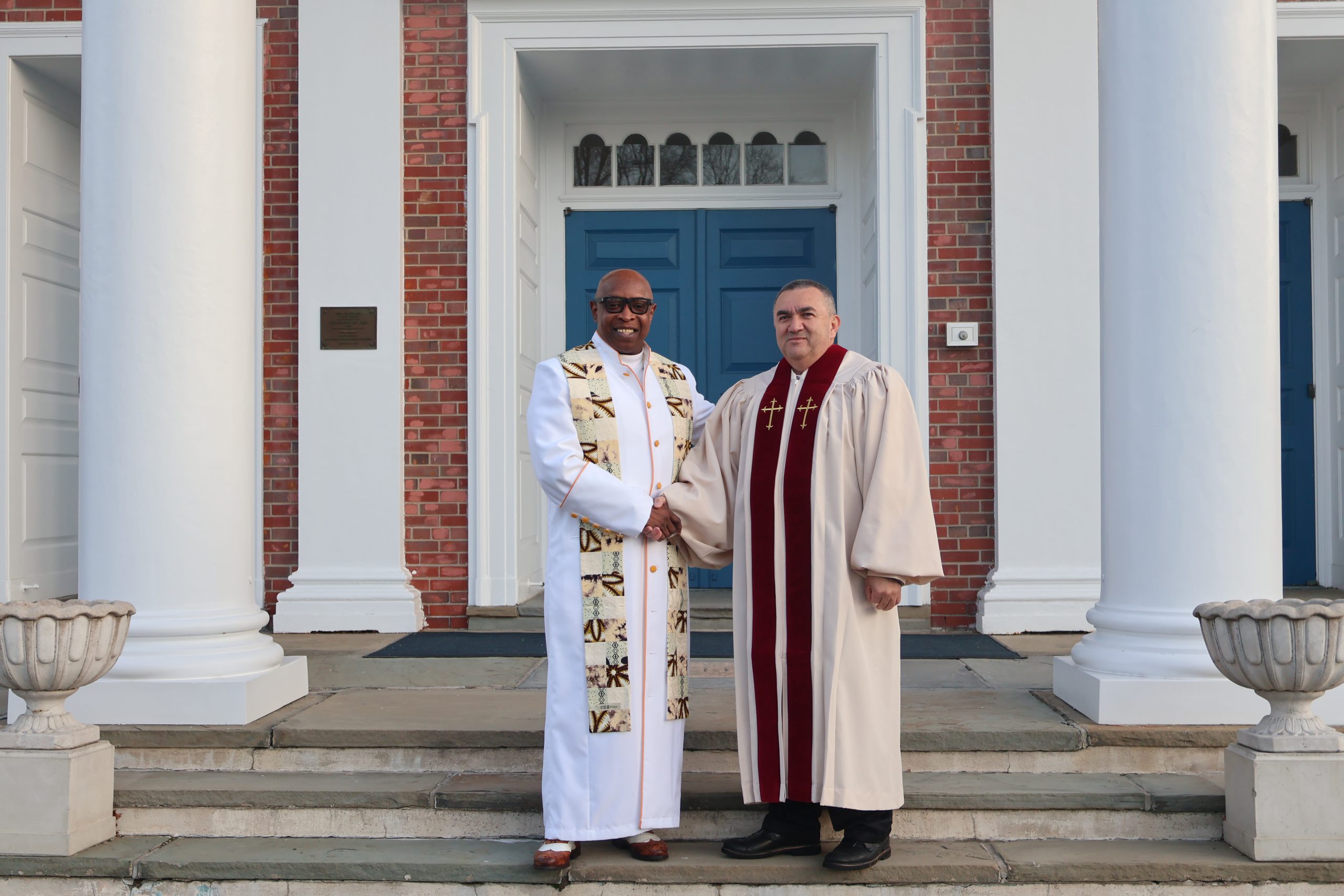Hits: 31
WPCNR MAIN STREET JOURNAL. Special to WPCNR by Peter Katz. February 11, 2016:
About 130 people filled the auditorium at the White Plains Public Library Thursday evening for the first in a series of three public meetings on redevelopment of the White Plains transportation center and portions of the downtown and Battle Hill.
The announced purpose of the meeting was to collect ideas and comments from the public about the redevelopment concept. Several employees of the consulting firm Parsons Brinckerhoff, which was hired by the city to coordinate the study, were stationed in the lobby area outside of the auditorium to chat with residents and listen to their ideas. Paper forms were available on which people could express themselves.
About a dozen different poster displays covered various aspects of the train station’s history, and its place as the third busiest station in the Metro-North system. The meeting itself consisted of remarks by Mayor Tom Roach and a presentation by Planning Commissioner Chris Gomez.
Mayor Roach said that the goal was to add more life and excitement to the train station area, while enhancing the connection between the train station and the rest of the downtown. The Mayor was critical of some planning concepts which led to the growth of the city during urban renewal in the 70’s and 80’s.
He said some pedestrian routes through the downtown are not inviting, and singled-out the Verizon building on Main Street and the Galleria mall as being too imposing.
“Streets are not designed for people,” he said, adding that they needed to “…have more life, more ground level retail.”
Mayor Roach noted that people on Metro-North trains coming into White Plains from the south see a vista of tall buildings in a bustling urban setting, but enter a wasteland once they’re off the train. He called for better integration of various modes of transportation to make it easier to make connections when arriving in town. With reference to the downtown’s one-way boulevards which enable the city to handle the traffic which made it an office and shopping mecca, he suggested that the study examine “…how many of these roads can go back to two way.”
Gomez said the study will look at what could be added in the way of public space and various types of development in the train station area. Some possibilities: a permanent farmer’s market; an outdoor performance space; new parks; storefront retail; increased amenities to serve train travelers and pedestrians.
Members of the audience were not invited to speak, either to comment on what they had heard or express to the assemblage their ideas for a redeveloped White Plains Transit District.
There were two opportunities for public input during the meeting when audience members were asked to send one-word text messages to a special number, to tell what they’d like to see happen and what they felt most needed improvement. There did not seem to be a consensus on the first point, but parking was the clear winner among needed improvements.
After the meeting, Mayor Roach told WPNCR that the $1-million grant which pays for this study provided a unique opportunity for the city to develop a complete conceptual plan for the train station and adjacent areas without being at the mercy of developers. When it is completed, the city would be in the position of being able to tell developers what the city needs built, rather than the other way around. The Mayor added that he’s confident developers will be waiting in line to get a piece of the action.
